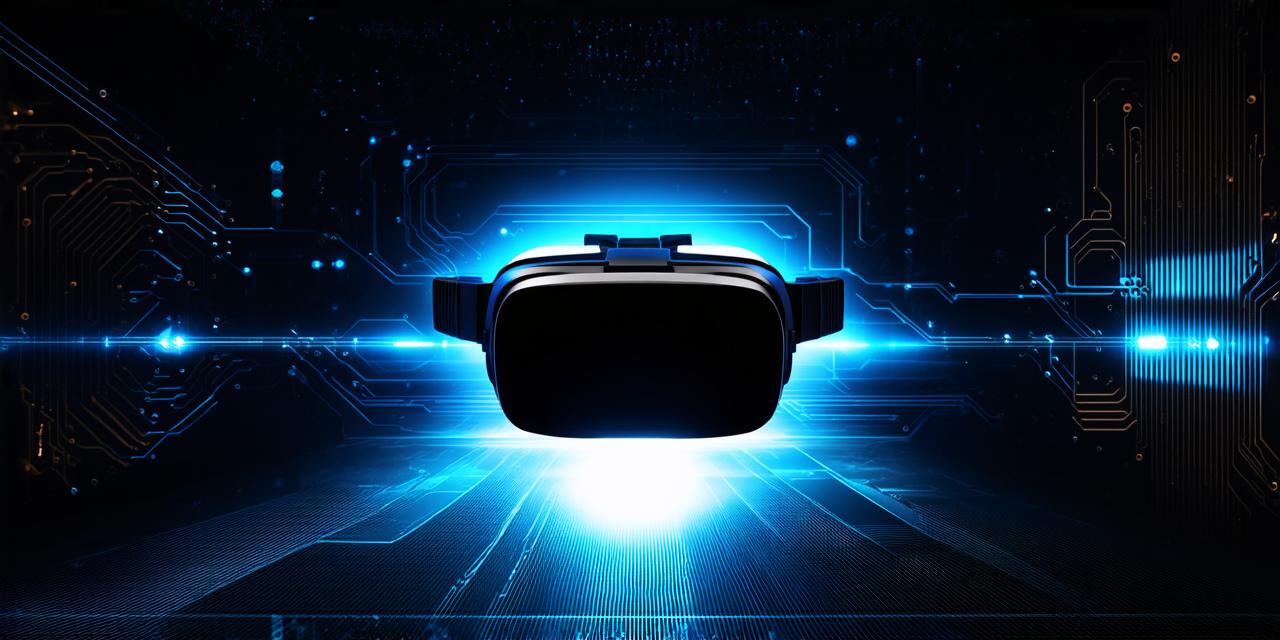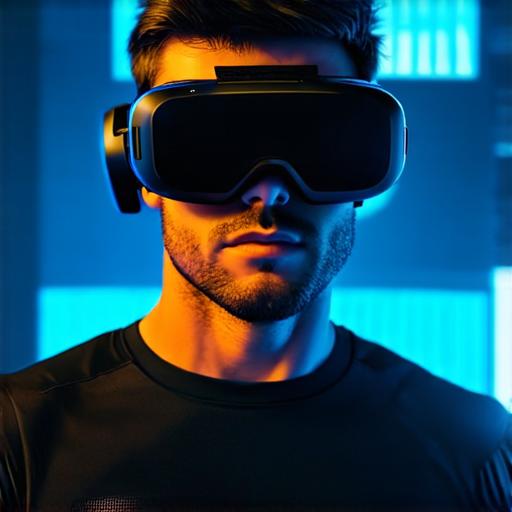
Who utilizes virtual reality technology?
Virtual reality (VR) technology is revolutionizing the way we interact with digital content and each other. VR systems allow users to experience immersive environments that feel like the real world, but with added elements of imagination and creativity.
Who Uses Virtual Reality?
Virtual reality is used by people from all walks of life, but certain groups are more likely to use it than others. Here are a few examples:
- Gamers: Gamers have long been an early adopter of virtual reality technology. VR games offer immersive experiences that allow players to feel like they are truly a part of the game world. With virtual reality, gamers can experience their favorite franchises in ways that were previously impossible.
- Educators: Virtual reality has many applications in education, particularly in the areas of science, technology, engineering, and mathematics (STEM). VR simulations can provide students with hands-on learning experiences that are difficult or impossible to replicate in real life. For example, medical students can use virtual reality to simulate surgeries, allowing them to practice their skills in a safe and controlled environment.
- Trainers: Virtual reality is also used by trainers to simulate real-world scenarios for employees. These simulations allow workers to practice their skills in a controlled environment, without the risk of injury or damage to equipment. For example, pilots can use virtual reality to simulate flight situations, allowing them to hone their skills and improve their performance.
- Therapists: Virtual reality is also used by therapists to treat patients with mental health issues such as anxiety, depression, and PTSD. VR simulations can provide a safe and controlled environment for patients to confront their fears and overcome them. For example, veterans who suffer from PTSD can use virtual reality to simulate combat situations, allowing them to process their experiences in a healthy way.
- Designers: Virtual reality is used by designers to create immersive environments that can be experienced by others. This technology allows designers to test and refine their creations in a virtual world before bringing them to life in the real world. For example, architects can use virtual reality to simulate building designs, allowing clients to see and interact with the designs in a whole new way.

Why Use Virtual Reality?
Virtual reality technology offers many benefits that make it an attractive option for businesses and individuals alike. Here are a few examples:
- Immersive experiences: Virtual reality provides users with immersive experiences that can be difficult or impossible to replicate in real life. This technology allows users to explore new environments and interact with digital content in ways that were previously unimaginable. For example, users can take a virtual tour of the Great Pyramids of Giza or explore the depths of the ocean in VR.
- Training and education: Virtual reality is an ideal tool for training and education, as it allows users to practice their skills in a controlled environment without the risk of injury or damage to equipment. This technology also provides students with hands-on learning experiences that are difficult or impossible to replicate in real life. For example, medical students can use virtual reality to simulate surgeries, allowing them to practice their skills and improve their performance.
- Cost savings: Virtual reality can be a cost-effective solution for businesses that need to train employees or provide educational experiences. By using virtual reality, companies can save on equipment and facility costs, as well as reduce the risk of accidents and injuries. For example, construction workers can use virtual reality simulations to practice their skills without putting themselves or others at risk.
- Increased engagement: Virtual reality technology is highly engaging, which can make it an attractive option for businesses looking to improve employee morale and retention rates. This technology also provides a unique and memorable experience for customers, which can help companies stand out from their competitors. For example, customers can take a virtual tour of a museum or art gallery in VR, providing them with a more immersive and engaging experience than traditional tours.
- Improved performance: Virtual reality can be used to simulate real-world scenarios, allowing users to practice their skills and improve their performance in a controlled environment.